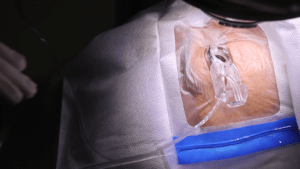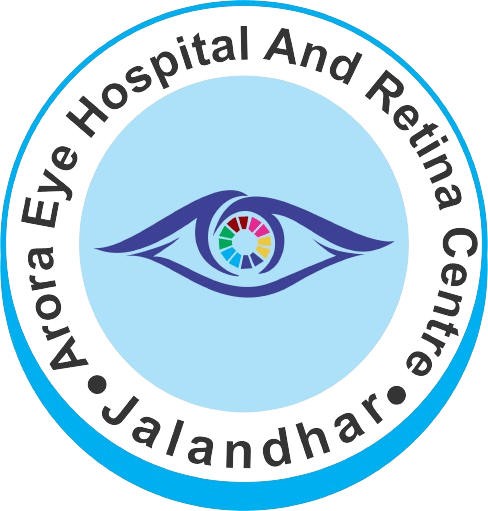Title: Essential Investigations Before Refractive Laser Surgery: Ensuring Safe and Successful Outcomes

Introduction:
Refractive laser surgery, such as LASIK (Laser-Assisted in Situ Keratomileusis) and PRK (Photorefractive Keratectomy), has revolutionized the field of ophthalmology, offering millions of people the chance to reduce or eliminate their dependence on glasses and contact lenses. However, these procedures are not suitable for everyone, and thorough preoperative assessments are essential to ensure optimal outcomes and patient safety. In this blog, we’ll explore the crucial investigations that should be conducted before undergoing refractive laser surgery.
1. Comprehensive Eye Examination
A comprehensive eye examination by a qualified ophthalmologist is the first and most critical step in determining a patient’s eligibility for refractive laser surgery. This examination includes a thorough evaluation of:
EVALUATION
a. Visual Acuity: Assessing how well a patient can see at different distances.
b. Refraction: Determining the patient’s current eyeglass or contact lens prescription.
c. Corneal Topography: Mapping the curvature and shape of the cornea to identify irregularities or conditions like keratoconus.
d. Pupil Size and Reaction: Evaluating the size and reactivity of the pupil, which can affect night vision and glare after surgery.
e. Tear Film Assessment: Measuring tear production and assessing the quality of the tear film to identify dry eye issues.
f. Ocular Health: Detailed examination of retina to rule out any peripheral reasons to rule out any underlying eye conditions, such as cataracts or retinal problems.
2. Corneal Thickness Measurement
Corneal thickness is a crucial factor in determining a patient’s suitability for refractive laser surgery. Procedures like LASIK involve reshaping the cornea, and it’s essential to ensure that the cornea has sufficient thickness to withstand this alteration. A test called pachymetry measures corneal thickness and helps the surgeon determine the amount of tissue that can be safely removed during the surgery.
3. Corneal Topography and Wave front Analysis
Corneal topography provides a detailed map of the cornea’s curvature and can detect irregularities that may affect the outcome of refractive surgery. Wavefront analysis measures the way light travels through the eye, identifying higher-order aberrations that can cause visual disturbances like halos and glare. Both of these assessments help the surgeon plan a personalized treatment strategy, enhancing the accuracy of the procedure.
4. Dry Eye Assessment
Dry eye is a common concern after refractive laser surgery. Preoperative dry eye assessments help identify patients who may be at higher risk for post-surgery discomfort. Evaluating tear production and the quality of the tear film allows for proactive management and treatment strategies to minimize postoperative dryness.
5. Pupil Size and Night Vision Testing
Pupil size plays a significant role in determining how a patient will experience night vision after refractive surgery. Patients with larger pupils may be more prone to experiencing glare and halos around lights in low-light conditions. Night vision testing helps predict how patients may perceive light and helps the surgeon customize the treatment plan accordingly.
6. Evaluation of Systemic Health and Medications
Certain systemic health conditions and medications can affect the healing process and increase the risk of complications after refractive laser surgery. It’s crucial for patients to disclose their complete medical history, including any underlying health conditions and medications they are taking, to the surgeon. This information will help the surgeon make informed decisions about the patient’s eligibility and plan the surgery accordingly.
Conclusion
Refractive laser surgery is a remarkable advancement in eye care, providing many individuals with the opportunity to achieve clearer vision without glasses or contact lenses. However, it’s essential to emphasize that not everyone is an ideal candidate, and thorough preoperative investigations are crucial to ensure patient safety and successful outcomes.

